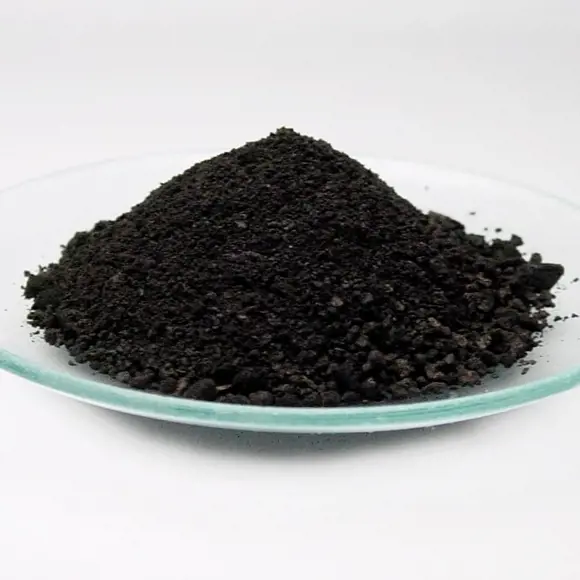- Homepage
- Products
- Thermal paper rolls
- Rolls for consignment notes

Our products
Rolls for consignment notes
Errebi's experience has led the company to become one of the most complete and reliable companies in the production of thermal paper rolls.
The wide assortment allows us to respond to the most common needs up to the most specific requests. For example, Errebi is able to produce rolls for attempted sale used, for example, by express couriers or hauliers who, in real time, at the time of delivery can print invoice or delivery note of the chosen products.
For this reason, rolls for attempted sale must be easily divided into individual receipts and, at the same time, resistant. The use of a particularly robust paper with pre-cuts meets both needs.
The continuous search for the highest quality levels has allowed Rotolificio Bergamasco to produce rolls in thermal paper that can be customized according to the needs and with high resistance.
Rolls for attempted sale ensure good print quality, do not discolor. These are completely ecological and recyclable products. A very sensitive issue to which Errebi is particularly attentive. All its paper rolls are in fact FSC approved.
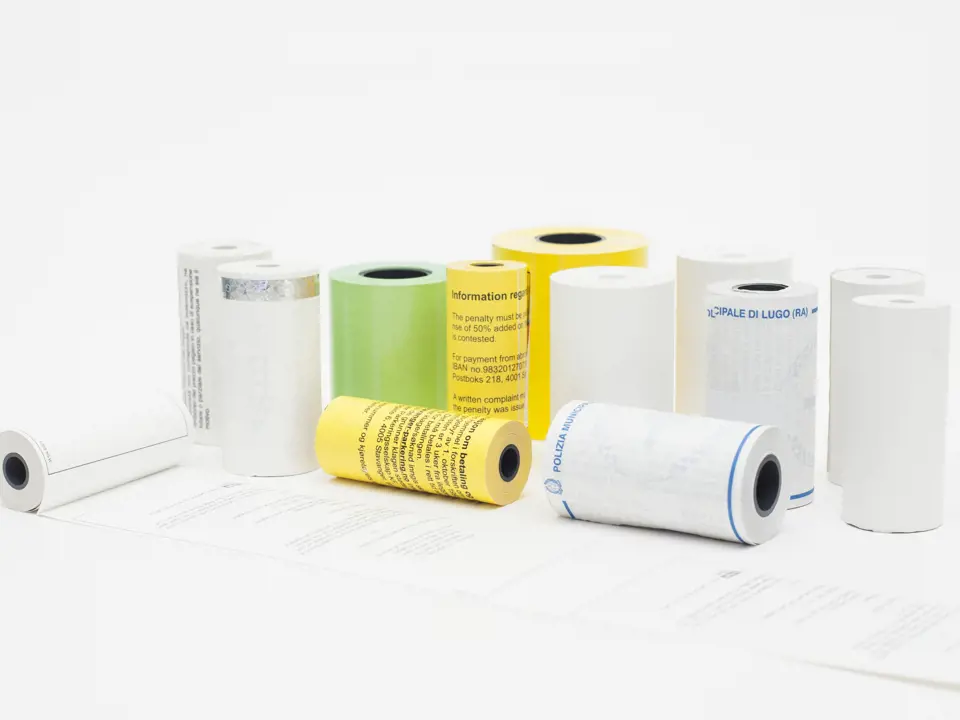
Technical specifications
|
Weight |
Da 48g a 80g |
|
Width |
Da 50mm a 150 mm |
|
hole |
Da 12 mm a 76mm |
|
Customizations |
Flexographic / Offset printing up to 8 colors. |

Technologies
Our range of products is fully customizable thanks to a wide range of processes that we can implement.
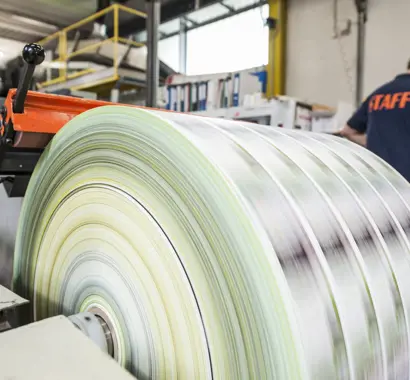
Offset and flexography printing
Water-based flexographic printing, UV flexographic printing, and offset printing: High-quality prints for impeccable results.
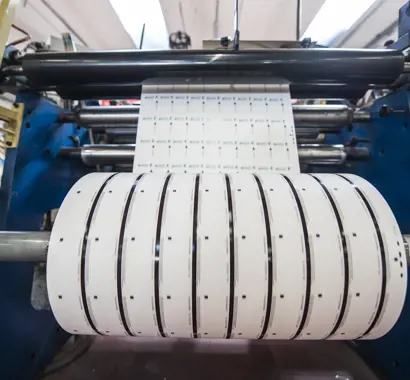
Hologram and magnetic application.
We have specific technology for applying holograms and magnetic elements, as well as the ability to print magnetic ink for ticketing purposes.

Coatings
Application of a thin layer of material on the paper to enhance its strength, ink absorption, or provide specific characteristics such as waterproofing or WTR, OTR, KIT Grease barriers. Additionally, we can apply adhesives on paper, both hot melt and acrylic.
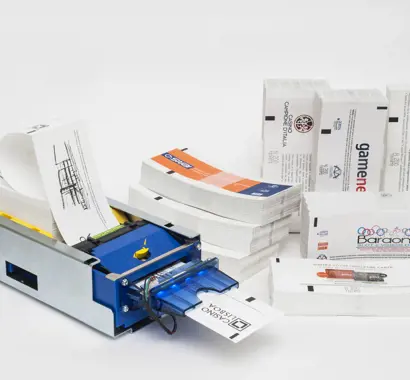
Perforation
It is a process in which small openings or regular holes are created, such as perforations, precuts, and labels.

Do you require a customized solution?
Contact us for additional information
Products with the aim of responsible forest management
Contact us for additional information
Do you require a customized project?
We are here to bring your boldest ideas to life! With our team of creative professionals and experts, we transform your visions into tailored realities, meeting all expectations. Let your project come to life. Contact us!
Contact us for additional information
Related news
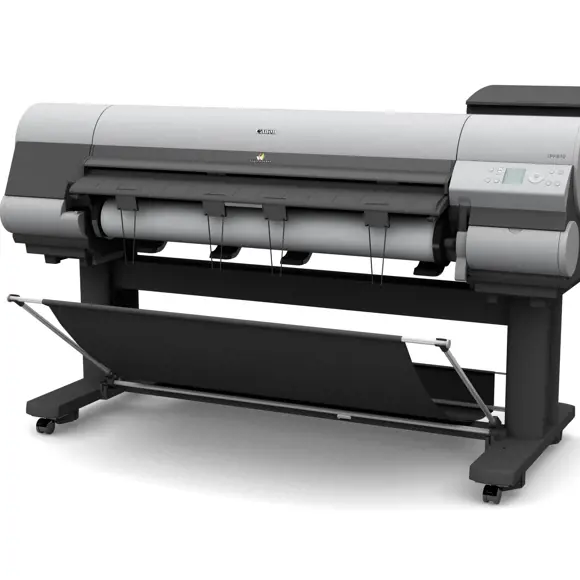
Rolls for plotter? Simple! RB Wide Format

Faded receipt? Not with Sicur 15!
